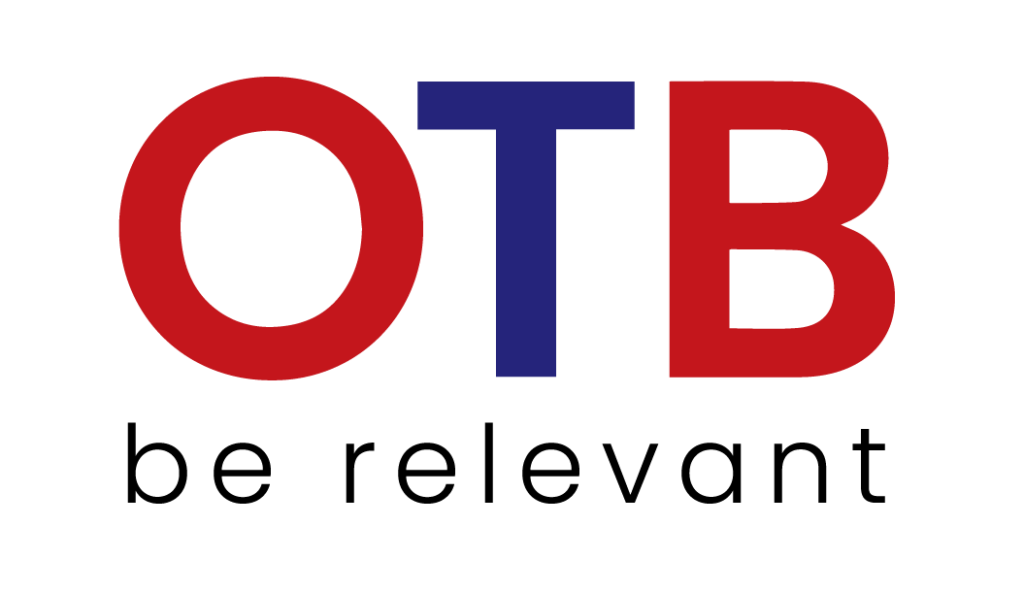
What is Competitive Analysis in SEO
Competitive analysis in SEO is the process of analyzing your competitors’ online presence and strategies to identify their strengths and weaknesses. By performing a competitive analysis, you can gain valuable insights into what your competitors are doing well and where they are falling short. This information can help you make informed decisions about your SEO strategy and tactics.
Typically, competitive analysis in SEO involves identifying your primary competitors and analyzing their website content, link profiles, social media presence, and other SEO factors. You can use various tools to gather data about your competitors, such as the ones mentioned in my previous answer. Once you have the data, you can use it to identify areas where you can improve your SEO efforts, such as targeting different keywords, improving content quality, building more high-quality backlinks, and optimizing your website structure and user experience. The goal of a competitive analysis is to gain a competitive edge by understanding your competitors’ strategies and leveraging that information to improve your SEO efforts.
Why Competitive Analysis in SEO
Competitive analysis is an essential part of any SEO strategy because it enables you to gain valuable insights into what your competitors are doing well and where they may be falling short. Here are some ways that competitive analysis can help you improve your SEO efforts:
Identify opportunities: By analyzing your competitors, you can identify gaps in the market that you can fill. For example, you may find that your competitors are not targeting a specific keyword, allowing you to rank for it and attract more traffic to your website. You can also identify new channels for acquiring traffic, such as social media platforms, that your competitors are not leveraging.
Improve your strategy: By analyzing your competitors’ strategies, you can learn what they are doing well and where they are falling short. This information can help you refine your strategy and identify new tactics to improve your rankings and traffic. You can evaluate the effectiveness of your on-page optimization, your link-building strategy, your content marketing efforts, and other areas of your SEO strategy.
Stay up-to-date: Competitive analysis helps you stay up-to-date on changes in your industry and the SEO landscape. By keeping an eye on your competitors, you can stay informed about new trends and strategies that can help you improve your SEO efforts. You can also identify emerging competitors and changes in search engine algorithms that may impact your rankings.
Increase your rankings: By analyzing your competitors’ backlink profiles and content, you can identify opportunities to build high-quality links and improve the quality of your content. This can help you increase your rankings and attract more traffic to your website. You can also analyze your competitors’ site structure and user experience to find areas for improvement.
10 Tools You Can Use for SEO Competitive Analysis
Here are ten tools that can help you with SEO competitive analysis:
SEMrush
SEMrush is a popular tool that offers a wide range of features to help you analyze your competitors’ websites. It provides data on their organic search traffic, paid search traffic, backlinks, keywords, and more. You can use SEMrush to identify your competitors’ top-performing pages, find their most profitable keywords, and monitor their search engine rankings over time.
Ahrefs
SEMrush is a popular tool that offers a wide range of features to help you analyze your competitors’ websites. It provides data on their organic search traffic, paid search traffic, backlinks, keywords, and more. You can use SEMrush to identify your competitors’ top-performing pages, find their most profitable keywords, and monitor their search engine rankings over time.
Moz
Moz is an all-in-one SEO tool that provides a range of features to help you with competitive analysis. Moz’s features include keyword research, link analysis, and site audit. With Moz, you can analyze your competitors’ link profiles, identify new link-building opportunities, and improve your on-page optimization.
SpyFu
SpyFu is a tool that provides data on your competitors’ keywords, PPC ads, and backlinks. You can use SpyFu to find new keywords for your SEO campaigns, analyze your competitors’ paid search strategies, and identify new link-building opportunities.
SimilarWeb
SimilarWeb is a competitive analysis tool that provides data on your competitors’ website traffic, sources, and user behavior. With SimilarWeb, you can see how your competitors are attracting and engaging with their website visitors, and use this data to optimize your website.
Google Keyword Planner
Google Keyword Planner is a free tool that provides data on keyword search volume and competition level. You can use Google Keyword Planner to research new keywords for your SEO campaigns, identify high-volume keywords, and optimize your content for search engines.
Google Trends
Google Trends is a tool that provides data on the popularity of keywords over time. You can use Google Trends to identify trending keywords and optimize your content for current search trends.
BuzzSumo
BuzzSumo is a content analysis tool that provides data on your competitor’s most shared content, backlinks, and social media engagement. With BuzzSumo, you can identify the most popular content in your industry, find new link-building opportunities, and optimize your social media strategy.
Serpstat
Serpstat is a tool that provides data on your competitors’ keywords, backlinks, and site audits. You can use Serpstat to analyze your competitors’ keyword strategies, identify new link-building opportunities, and optimize your website for search engines.
Majestic
Majestic is a link analysis tool that provides data on your competitors’ backlinks, anchor text, and referring domains. You can use Majestic to analyze your competitors’ link profiles, identify new link-building opportunities, and improve your website’s authority and search engine rankings.
How often you should perform a competitive analysis
The frequency at which you should perform a competitive analysis for SEO depends on the industry you’re in, the size of your business, and the level of competition. In general, it’s a good idea to perform a competitive analysis at least once every quarter, or four times a year.
Performing a competitive analysis regularly can help you keep track of changes in your industry, identify new competitors, and stay ahead of the curve. It can also help you identify areas where you can improve your website’s performance and optimize your SEO strategy.
However, if you’re in a highly competitive industry or you’re launching a new product or service, you may need to perform a competitive analysis more frequently. In these cases, you may want to perform a competitive analysis once a month or even once a week to stay on top of the latest trends and changes in your industry.
Ultimately, the frequency of your competitive analysis should be based on your business goals, the level of competition in your industry, and the resources you have available. By performing regular competitive analysis, you can gain a deeper understanding of your competitor’s strengths and weaknesses and use that information to optimize your SEO strategy.
Competitive Analysis FAQs
Q.1 What are the benefits of competitive analysis in SEO?
There are several benefits of performing competitive analysis in SEO. For one, it helps you stay ahead of the competition by identifying new keyword opportunities and link-building strategies. It also helps you adapt to changes in your industry by keeping track of your competitors’ tactics and identifying new trends. By gaining a better understanding of your competitor’s strengths and weaknesses, you can develop a more effective SEO strategy for your own website.
Q.2 How do I identify my competitors for competitive analysis in SEO?
To identify your competitors for competitive analysis in SEO, you should start by conducting a Google search for your target keywords. Look at the top-ranking websites and identify the ones that are most similar to your own website in terms of content and target audience. You can also use tools like SEMrush or Ahrefs to identify your competitors’ backlinks and keywords and to analyze their website traffic and social media presence.
Q.3 What should I look for when performing competitive analysis in SEO?
When performing a competitive analysis in SEO, you should look for your competitors’ top-performing pages, their most profitable keywords, their link-building strategies, and their on-page optimization tactics. You should also analyze their content, social media presence, and user engagement to gain a better understanding of their overall SEO strategy. By identifying their strengths and weaknesses, you can develop a more effective SEO strategy for your own website.
Q.4 What are some common mistakes to avoid when performing competitive analysis in SEO?
One common mistake to avoid when performing a competitive analysis in SEO is to focus too much on your competitors’ tactics without considering your own unique strengths and weaknesses. It’s important to use the insights you gain from competitive analysis to develop a more effective SEO strategy for your own website, rather than simply copying your competitors’ tactics. It’s also important to avoid becoming too fixated on a single competitor or source of data, as this can lead to a narrow or incomplete understanding of the competition.
Q.5 How can I use competitive analysis to improve my SEO strategy?
To use competitive analysis to improve your SEO strategy, start by identifying your competitors’ top-performing pages and most profitable keywords. Look for opportunities to create similar content or target the same keywords in a more effective way. You can also analyze your competitors’ link-building strategies to identify new opportunities for backlinks. By gaining a better understanding of your competitors’ overall SEO strategy, you can make informed decisions about your own strategy and gain a competitive advantage in your industry.
Q.5 Is competitive analysis the only way to improve my SEO strategy?
No, competitive analysis is just one tool in your SEO arsenal. To improve your SEO strategy, you should also focus on creating high-quality content, building strong backlinks, optimizing your website for search engines, and analyzing your own website data. By using a combination of different SEO strategies and tools, you can improve your website’s ranking and drive more organic traffic to your site.
